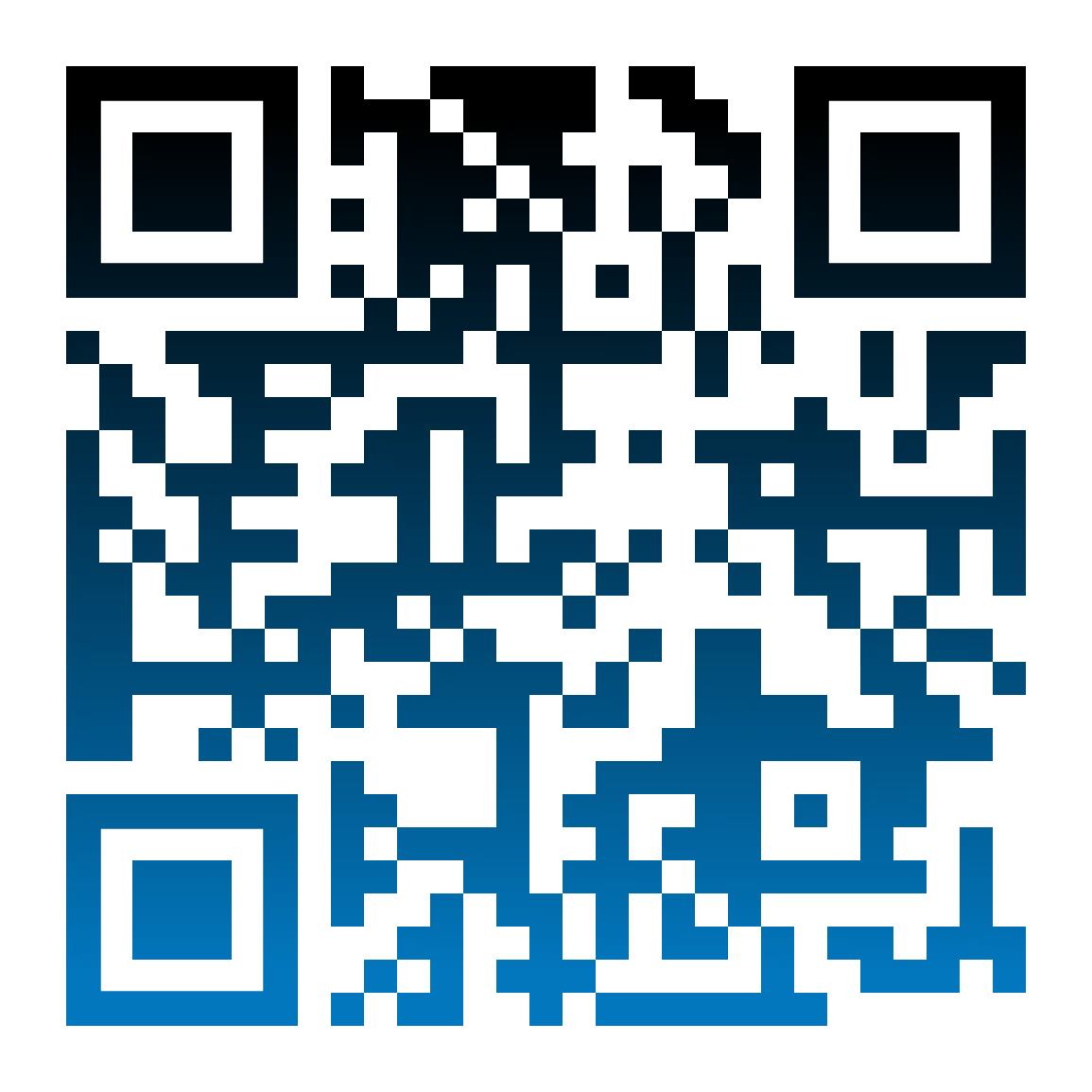Table of contents
- Unveiling the Essence and Significance of the International Bear Brotherhood: An Insightful Journey
- Defining the Bear: An Exploration of Identity
- Historical Perspectives: The Evolution of Bear Culture
- Bear Events and the Bear Flag: Celebrating Pride and Inclusion
- The Significance of the International Bear Brotherhood
- Conclusion: A Beacon of Inclusivity and Pride
Unveiling the Essence and Significance of the International Bear Brotherhood: An Insightful Journey
In the rich tapestry of the LGBTQ+ community, the existence of subcultures serves as a testament to the diversity and uniqueness inherent within its folds. Among these, the International Bear Brotherhood emerges as a particularly vibrant thread, weaving together individuals who might otherwise feel marginalized, even within a larger marginalized community. This exploration delves into the intricacies of what the International Bear Brotherhood constitutes, the historical underpinnings of the bear subculture, the definitive characteristics and inclusivity that define it, and, fundamentally, the profound importance it holds in fostering a sense of belonging and pride among its members.
Defining the Bear: An Exploration of Identity
The term "bear" within the LGBTQ+ lexicon is more than a mere label; it signifies a distinct identity epitomized by characteristics that challenge conventional norms of attractiveness and masculinity. Bears are usually identified as individuals who are not heterosexual, possessing a robust frame – either muscular or corpulent – alongside a notable presence of body and facial hair. This subculture celebrates rugged aesthetics and traditionally masculine attributes, albeit in a manner that transcends the superficiality of appearance, delving deeper into the essence of identity and belonging.
Moreover, within this rich subculture exists a lexicon of terms designed to celebrate diversity and inclusion even further. Terms such as "Panda" for bears of Asian descent and "Polar Bear" for older individuals with grey or white body hair illustrate the subculture's embrace of diversity. Importantly, the bear community's inclusivity extends to transgender men and non-binary individuals, reinforcing the principle that identity is a personal journey, and acceptance is paramount.
Bear Nation : documentary
Historical Perspectives: The Evolution of Bear Culture
The genesis of the bear identity does not trace back to a singular moment but rather evolves from a series of cultural shifts within the LGBTQ+ community during the late 20th century. The formalization of the bear community can be attributed to Richard Bulger and his partner Chris Nelson, who in 1987 launched Bear Magazine to bridge the informational gap within this emerging subculture. From the publication of "Who's Who in the Zoo?" in The Advocate in 1979 to the widespread adoption of the bear flag in 1995, bear culture has not only grown but has also established itself as a cornerstone of LGBTQ+ identity and solidarity.
Bear Events and the Bear Flag: Celebrating Pride and Inclusion
The bear community's vibrancy is perhaps most visibly expressed through its global events and the iconic bear flag.

Events such as MadBear in Madrid and IstanBear Weekend in Istanbul are not mere gatherings; they are profound celebrations of identity, resilience, and community. The bear flag, with its stripes representing the diverse skin tones and hair colors of humanity, stands as a powerful symbol of inclusion, acceptance, and the rejection of discrimination in all its forms.
The Significance of the International Bear Brotherhood
The importance of the International Bear Brotherhood transcends the boundaries of mere social gatherings. It represents a safe haven where individuals, often marginalized even within the LGBTQ+ community for not conforming to traditional standards of beauty or masculinity, can find acceptance, understanding, and camaraderie. This subculture champions the notion that everyone, irrespective of their physical appearance or identity, possesses intrinsic value and deserves celebration.
The bear community's specific emphasis on characteristics often stigmatized or overlooked – such as body hair and larger body types – serves as a powerful counter-narrative to mainstream beauty standards. It fosters an environment where individuality is not only accepted but celebrated, where the journey towards self-acceptance is supported by a compassionate and understanding community.
Moreover, the International Bear Brotherhood plays a crucial role in the broader landscape of LGBTQ+ advocacy. By providing a platform for visibility, the bear community challenges stereotypes, engages in thoughtful dialogue, and contributes to the ongoing struggle for equality and recognition.
Conclusion: A Beacon of Inclusivity and Pride
The International Bear Brotherhood, with its rich history, diverse identity, and unwavering commitment to inclusion, stands as a beacon within the LGBTQ+ community. It underscores the importance of subcultures in providing spaces where individuals can explore and affirm their identities in an atmosphere of acceptance and mutual respect.
As we navigate the complexities of identity in a world that often seeks to categorize and marginalize, the bear community offers a powerful reminder: diversity is strength, and in the embrace of our differences lies our greatest potential for unity and solidarity. The International Bear Brotherhood does not merely exist within the LGBTQ+ community; it elevates it, celebrating the beauty of diversity and the enduring power of pride.



